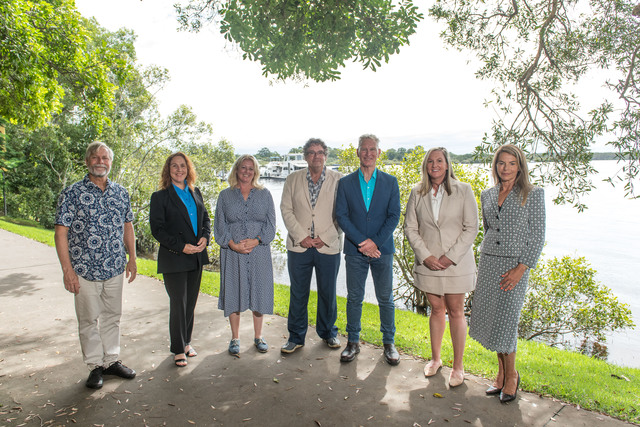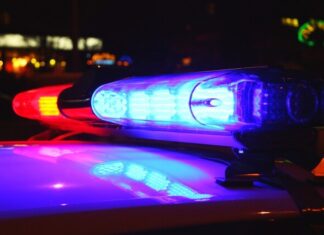The average residential ratepayer will pay an extra 5.5 per cent or about $94 a year more on their rates bill, which includes increases to the bushfire levy and waste charges, after Noosa Council last week handed down its $184million, 2024-25 budget.
Mayor Frank Wilkie described the budget as “responsible and compassionate“, enabling council to provide services and acknowledging costs of living pressures while aiming to finish significant work projects already started.
“The record cost increases in recent years continue to affect many projects, so we’ve taken a sensible, pragmatic approach to our spending this year,” Cr Wilkie said.
“We want to ease cost pressures where we can, while continuing to maintain assets and services plus provide essential community initiatives and programs.“
Council has implemented a number of measures aimed at helping the most vulnerable and tackling the housing shortage.
A new Hardship Policy is in place, to support those in need who can least afford to pay rates with no interest to be charged on overdue rates if the property owner meets the eligibility criteria.
Council has retained the full rebate of $230 per year for all pensioners, whether they are a single or couple to ensure equity for all eligible pensioners, maintained the five per cent early payment discount and has put a freeze on three levies – Environment, Sustainable Transport and Heritage.
It has also reduced the rates for Grabby Flats that provide essential housing for families and workers.
“These decisions aim to offer help where it’s most needed in the current economic climate,” Cr Wilkie said.
“We acknowledge that any rate increase is an impact to the hip pocket, but like all businesses, we continue to face the same cost pressures and supply chain issues, in some cases facing up to a 30 per cent jump in costs, particularly for goods such as construction materials,” he said.
The budget’s $45 million Capital Works program includes $16.5 million spending on roads, bridges, transport and stormwater infrastructure, $6.4 million on improving parks, community facilities and sports grounds and $2.3 million on upgrading pathways, boardwalks and trails.
Highlights include a $100,000 renewal of Noosaville’s Pirate Playground, $102,500 for renewal of park furniture across the shire, $256,300 to improve local beach access points and $500,000 to upgrade sports field lighting at Sel Bonnel Oval, Cooroy Sports Complex.
Council will invest about $500,000 into the renewal of the shire’s bus stops to improve accessibility, $5.4 million on sealed road upgrades, about $487,000 on gravel re-sheeting to improved unsealed roads, $200,000 in rock armour renewal around the Noosa River, $1.5 million on road heavy patching program, $100,000 on Wallace Park precinct’s CCTV system and $820,000 on Wahpunga (Trail 4) and Woondum (Trail 3) renewal.
“A priority is completing the major projects we’ve already started over the past 12 months, including upgrades like the second stage of Ed Webb Park at Sunshine Beach, the Peregian Beach Skate Park and the Noosa Spit sand nourishment and restoration project,“ Cr Wilkie said.
Cr Wilkie said the budget sits alongside an existing $100 million flood reconstruction program, funded by the Queensland Reconstruction Authority, and delivered by council, to rebuild and repair damage caused by the 2022 floods.
Key initiatives of the budget include finalising the Destination Management Plan, developing the Noosa Car Parking Management Plan and continuing the Living Well program, Go Noosa free weekend bus services and the implementation of the STA Local Law.
Cr Wilkie said a compressed timeframe coupled with the induction of a new council prevented any formal community engagement on the budget and initiatives.
“It is not a legislated requirement, and we are well aware of our community views through a range of engagement activities, and this council remains committed to continually listening and being responsive to the shire’s needs,” he said.







